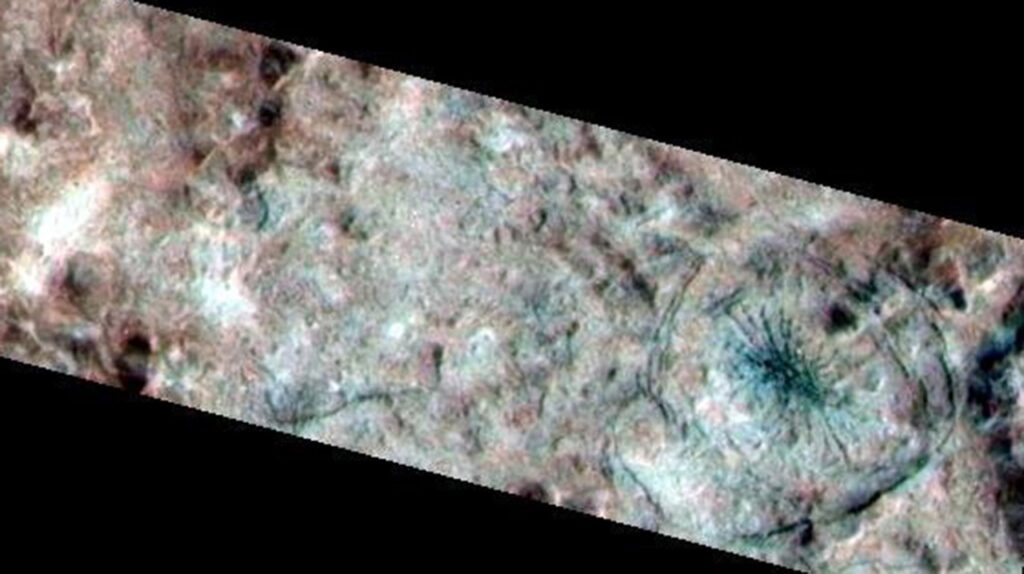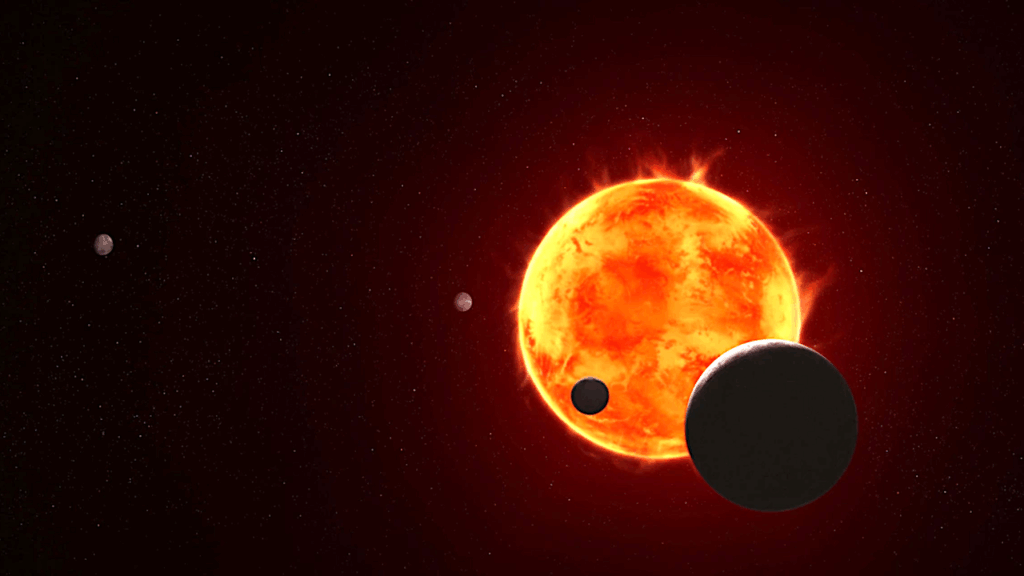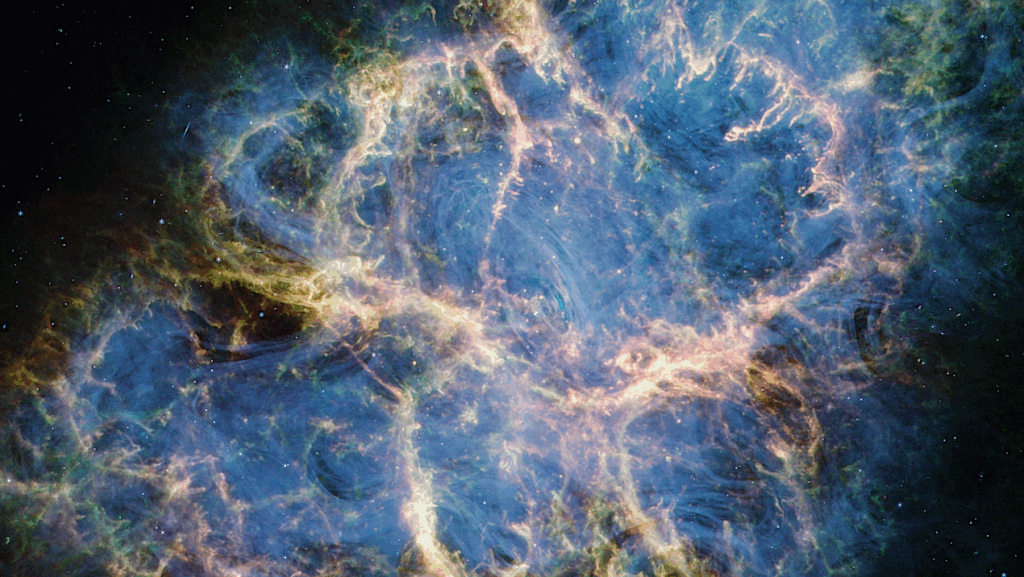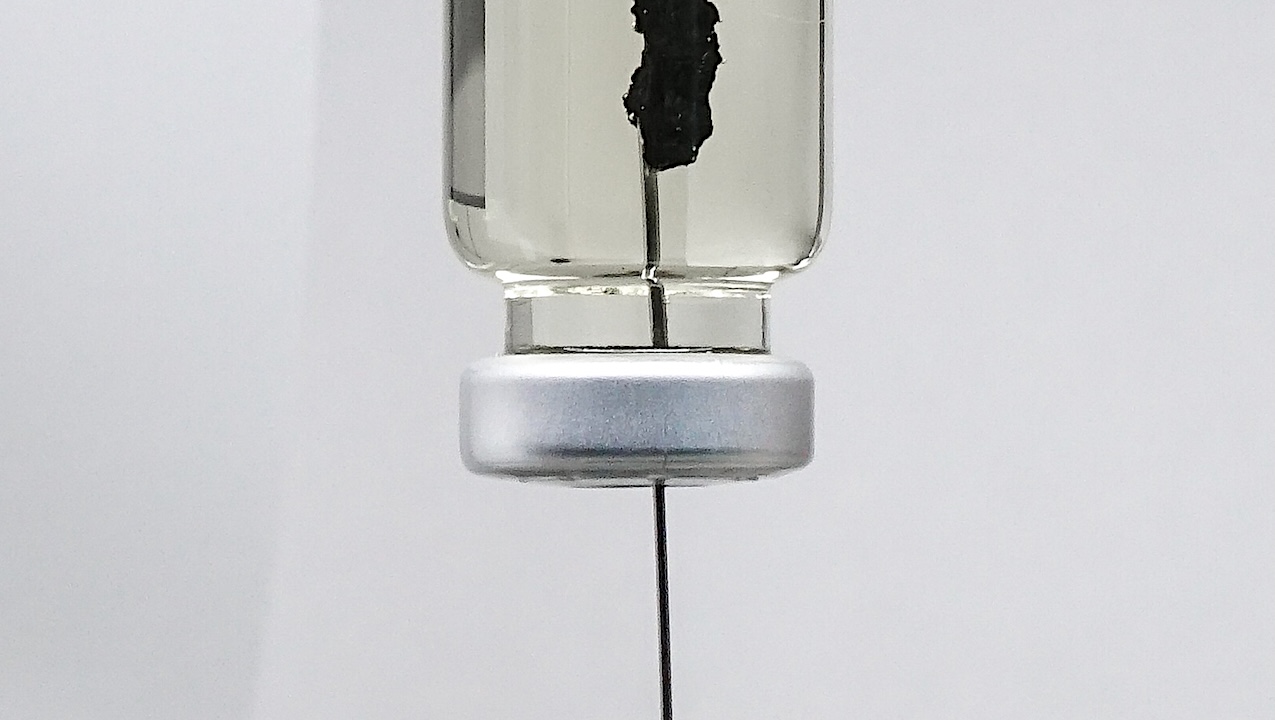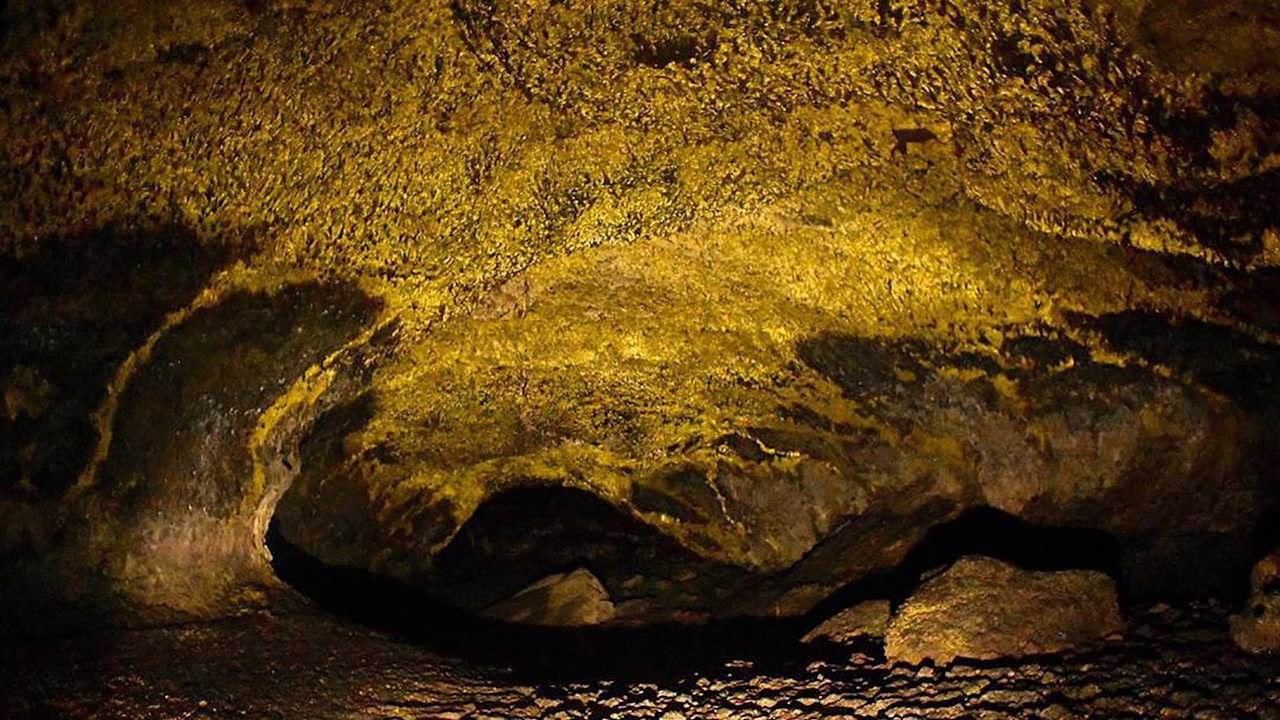Now Reading: Radiation Protection And Structural Stability Of Fungal Melanin Polylactic Acid Biocomposites In Low Earth Orbit
-
01
Radiation Protection And Structural Stability Of Fungal Melanin Polylactic Acid Biocomposites In Low Earth Orbit
Radiation Protection And Structural Stability Of Fungal Melanin Polylactic Acid Biocomposites In Low Earth Orbit
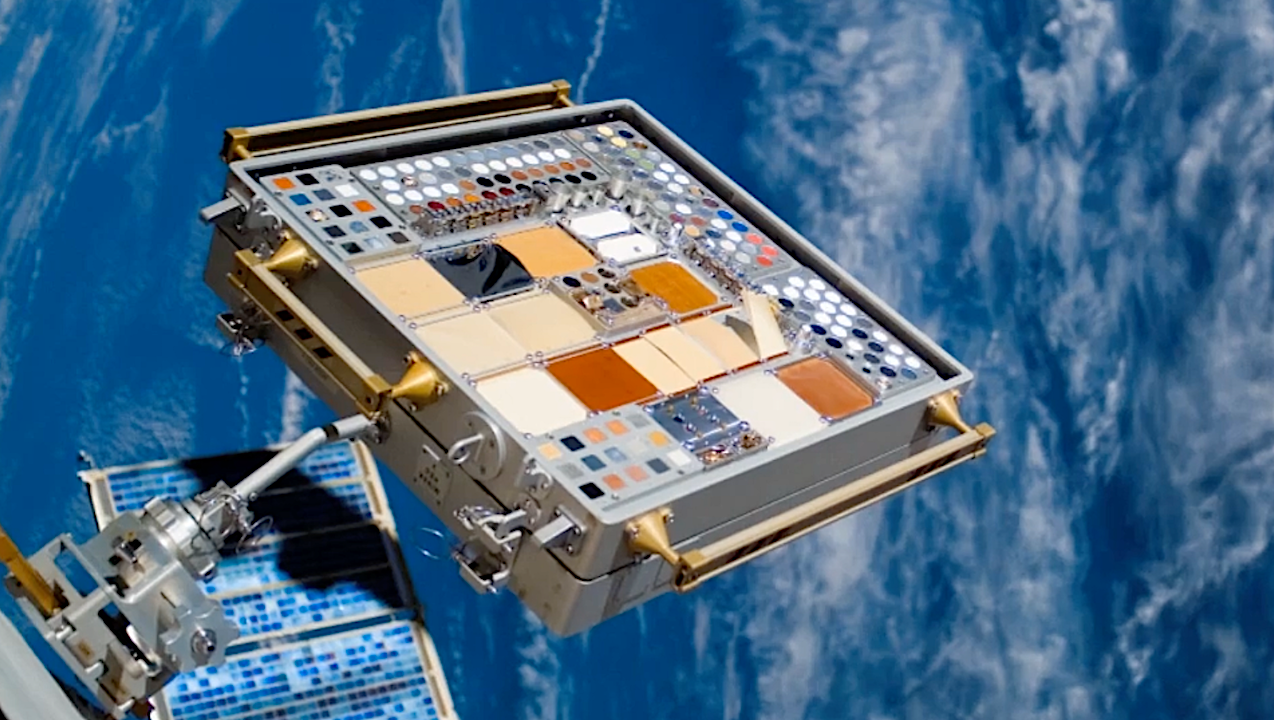

The Materials International Space Station Experiment (MISSE) Flight Facility on the exterior of the space station exposes materials to the harsh environment of space. — NASA
Materials in low Earth orbit (LEO) face radiation, atomic oxygen erosion, and extreme temperature fluctuations, which can severely compromise their structural and functional integrity.
Developing lightweight, multifunctional materials capable of withstanding these harsh conditions is critical for long-term space exploration and sustainable extraterrestrial settlements.
This study evaluates the structural stability and radiation shielding efficacy of polylactic acid (PLA) and biocomposites, including PLA infused with fungal melanin, synthetic melanin, or animal melanin, and a compressed mycelium (CMy) coated with PLA (PLA-CMy), after exposure to the LEO environment.
Samples were deployed on the Materials International Space Station Experiment-Flight Facility platform for approximately 6 mo in zenith- and wake-facing orientations.

An astronaut installs a Materials International Space Station Experiment (MISSE) facility on the exterior of the ISS during a spacewalk in 2001. Media Credit: NASA
Postflight analyses comparing flight-exposed samples to Earth controls revealed composition- and orientation-dependent differences in mass loss, optical properties, and surface morphology.
Notably, fungal melanin reduced mass loss and surface wrinkle formation, indicating a protective effect against PLA degradation in LEO. Biocomposites also demonstrated shielding effects by protecting an underlying polyvinyl chloride backing layer from damage.
These findings demonstrate PLA’s performance in space and highlight fungal melanin as a bioderived additive to enhance PLA resilience under LEO conditions, advancing the development of sustainable materials for future space missions.
Radiation protection and structural stability of fungal melanin polylactic acid biocomposites in low Earth orbit, PNAS via PubMed
Astrobiology
Stay Informed With the Latest & Most Important News
Previous Post
Next Post
-
 012024 in Review: Highlights from NASA in Silicon Valley
012024 in Review: Highlights from NASA in Silicon Valley -
 02Panasonic Leica Summilux DG 15mm f/1.7 ASPH review
02Panasonic Leica Summilux DG 15mm f/1.7 ASPH review -
 03How New NASA, India Earth Satellite NISAR Will See Earth
03How New NASA, India Earth Satellite NISAR Will See Earth -
 04And Thus Begins A New Year For Life On Earth
04And Thus Begins A New Year For Life On Earth -
 05Astronomy Activation Ambassadors: A New Era
05Astronomy Activation Ambassadors: A New Era -
06SpaceX launch surge helps set new global launch record in 2024
-
 07From Polymerization-Enabled Folding and Assembly to Chemical Evolution: Key Processes for Emergence of Functional Polymers in the Origin of Life
07From Polymerization-Enabled Folding and Assembly to Chemical Evolution: Key Processes for Emergence of Functional Polymers in the Origin of Life













